After leaving Roanoke we headed out to Appomattox Court House National Historical Park. The park is relatively small, very impressive and (of course) commemorates the surrender of the South and the end of the 4 years of U.S. Civil War.
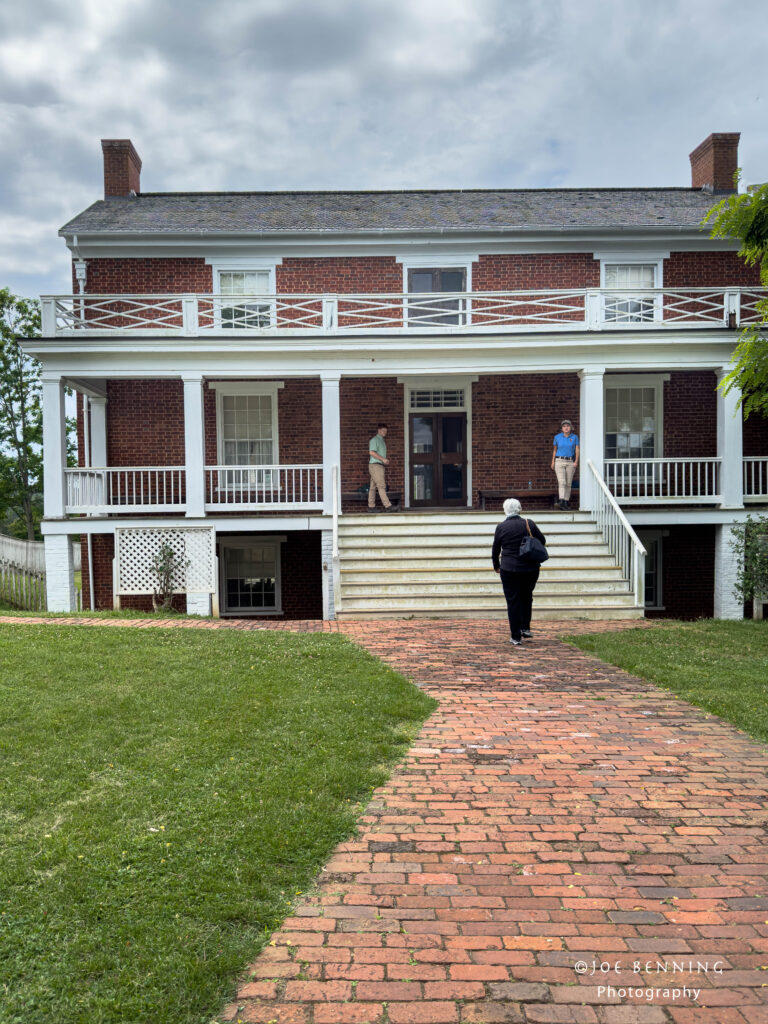
The U.S. Civil War was arguably the world’s first modern war. People often forget just how bloody it actually was. The total number of soldiers killed (counting both North and South) is estimated at about 700,000. To put this in perspective, the population of the U.S. at the time was about 31.5 million people. Of those about 27 million were white and somewhere between 3.5 and 4 million were enslaved blacks. (Note the difference between the McLean House [above] and the Slave Quarters [pictured below]). There is not a reliable estimate of civilian deaths as a result of the war.
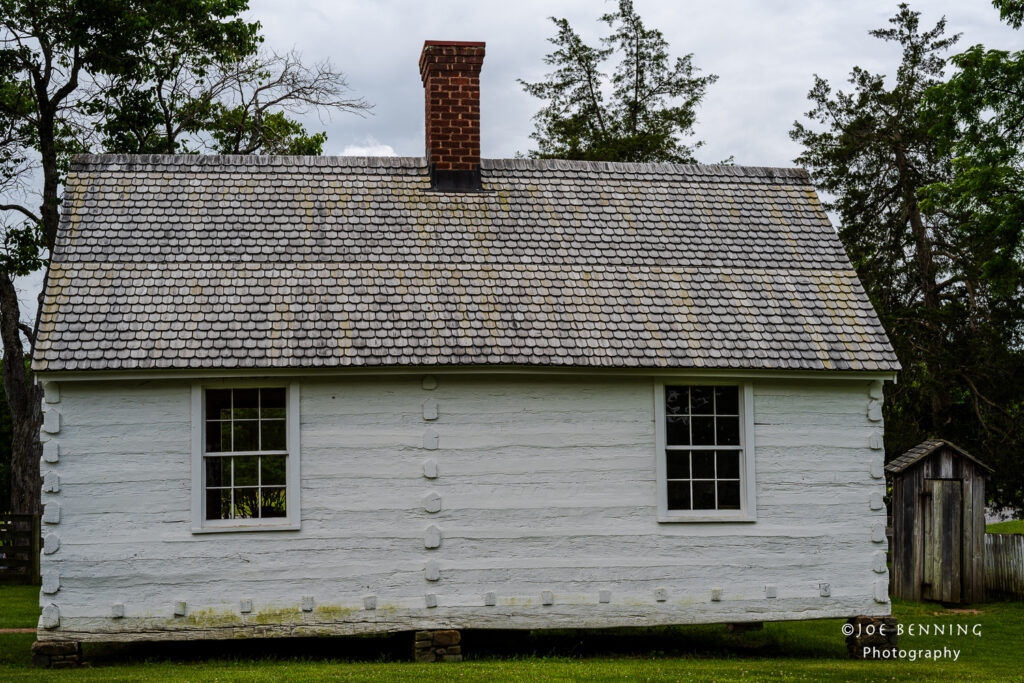
In 1865, when the North was certain that the end of the war was near and that it would be the victor, President Lincoln met with Generals Grant and Sherman and Rear Admiral Dixon Porter to establish strategy for the war’s end. Lincoln wanted no more bloodshed and so the strategy they decided on was to allow the Confederate soldiers to return home provided they lay down their arms and pledge not to take up arms against the United States ever again.
General Grant allowed enlisted Confederate soldiers to take the horses they owned back home, and the officers were allowed to keep their side arms. Jefferson Davis, the Confederacy’s President, wanted to continue with a guerrilla war, but General Robert E. Lee ignored him and surrendered. In so doing he touched off a wave of confederate army surrenders thereby ending the war.
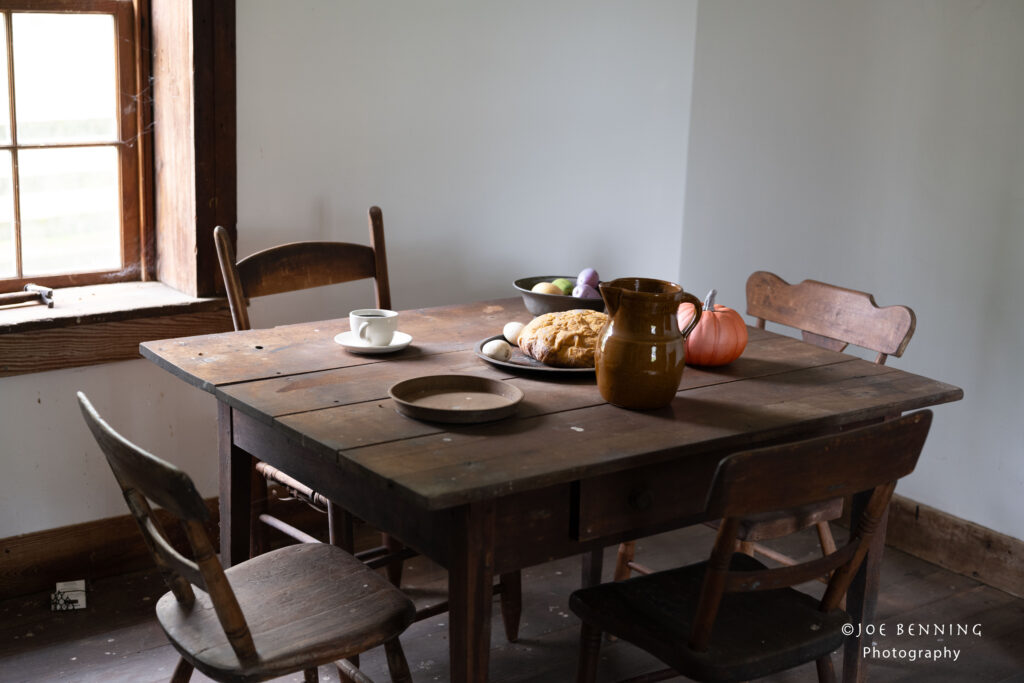
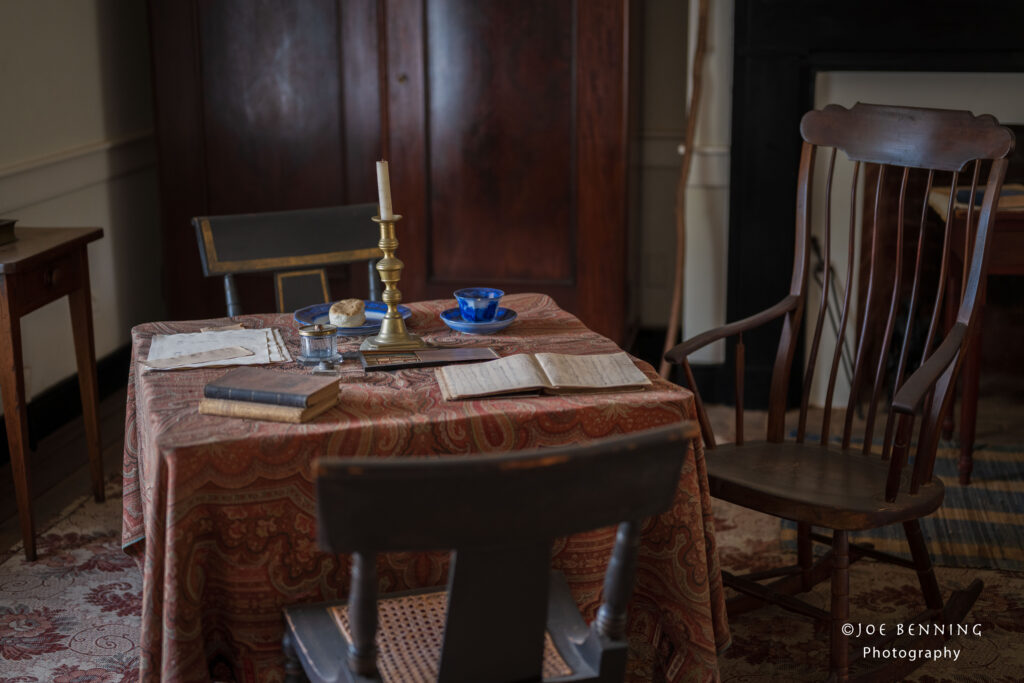
On April 9, 1865 the documents were signed at the Appomattox Court House and the war was officially over. The surrender was executed in keeping with Lincoln’s second inaugural address. In that address, which he had made about 1 month earlier, Lincoln closed with his famous exhortation “With malice toward none with charity for all with firmness in the right as God gives us to see the right let us strive on to finish the work we are in to bind up the nation’s wounds, to care for him who shall have borne the battle and for his widow and his orphan ~ to do all which may achieve and cherish a just and lasting peace among ourselves and with all nations.”

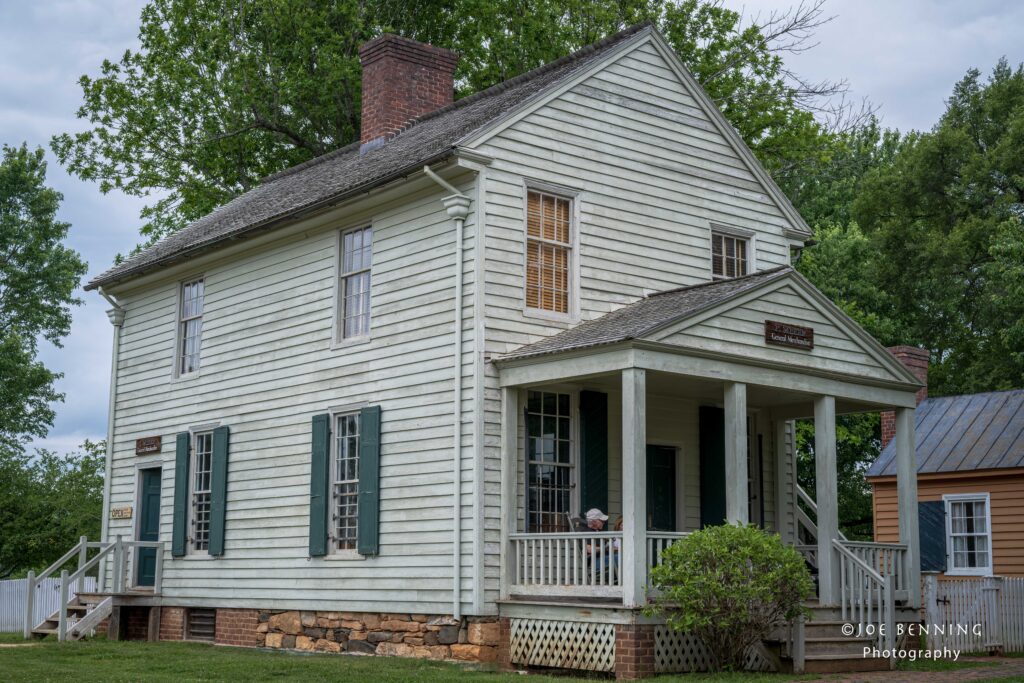
Barely a week after the surrender at Appomattox Lincoln was assassinated by John Wilkes Booth.
General Lee, at General Grant’s request chose the Appomattox Courthouse for the surrender. Actually it was not a courthouse in the modern sense. Lots of buildings were called courthouses at the time. The place where the documents were actually signed was the McLean Mansion House. Lee chose it because it was the grandest house in the town (Appomattox) where the closing battle of the war was fought.

One irony is that Wilmer McLean, the house owner, had his savings in cash denominated in Confederate currency which was worthless after the surrender. He couldn’t keep up the mortgage payments and so was forced to sell the house. At that point he moved back to his home in Manassas and then later to Alexandria. Another irony: he worked for the Internal Revenue Service from 1873 — 1876.
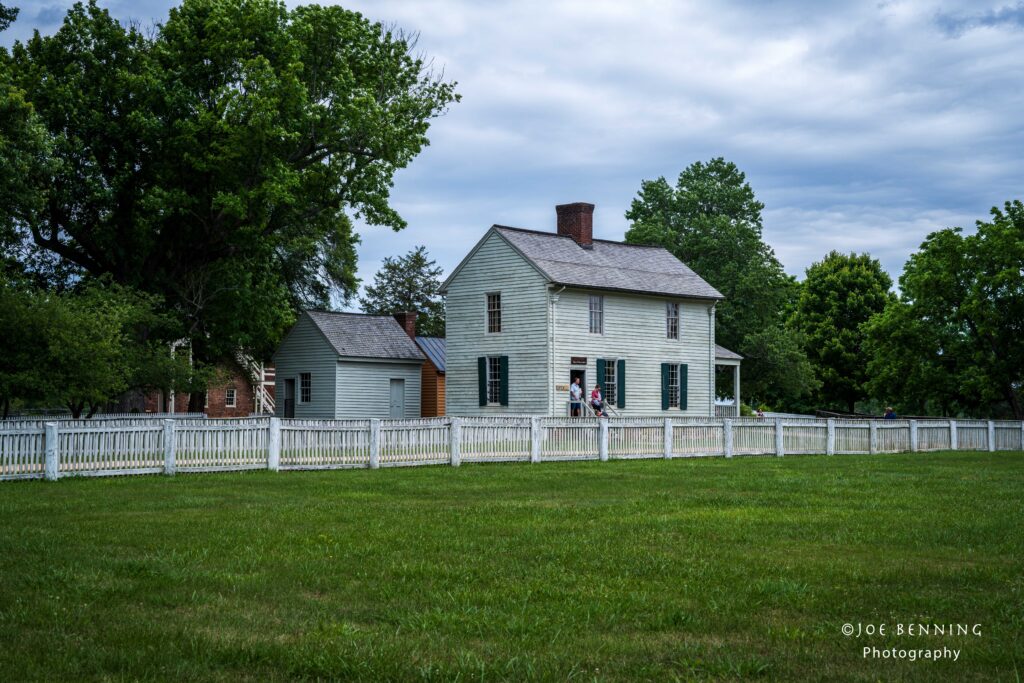
I couldn’t help but think, while watching the film, that it wouldn’t be a bad idea for our current politicians to read Lincoln’s second inaugural and devote a little thought to it.
JFB
